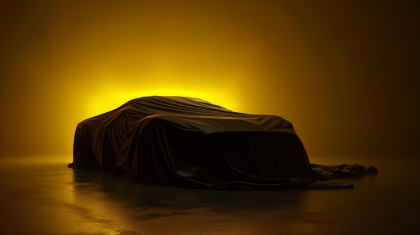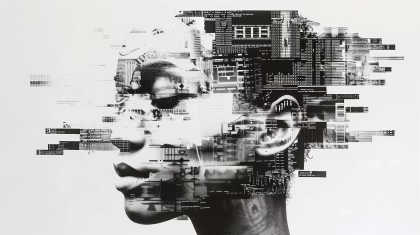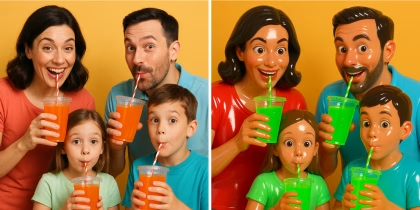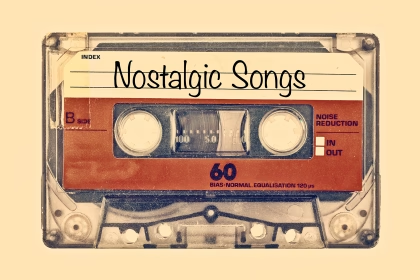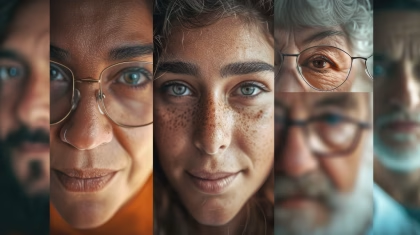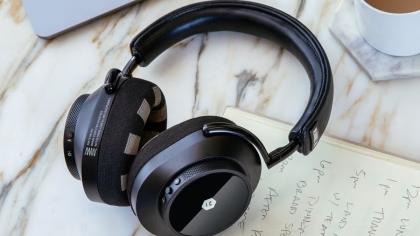Color shapes our emotions and decisions more than we realize. From red’s urgency to blue’s calming effect, color psychology impacts marketing, design, and daily life. Learn how different hues influence mood, creativity, and even performance-helping businesses, educators, and designers make smarter choices that resonate with people across cultures.
Table of Contents
- Life In Living Color
- Understanding Color Psychology and Its Influence on Behavior
- A Look Back: How Color Studies Began
- The Science Behind Color Perception
- How Colors Influence Emotions and Behavior
- Cultural and Contextual Differences in Color Perception
- Real-World Applications of Color Psychology
- The Limitations of Color Psychology
- Final Thoughts
- References
Life In Living Color
Have you ever noticed how a bright red “SALE” sign instantly grabs your attention, much the same as “STOP” signs, or how a blue-walled café makes you feel relaxed? Color affects us all the time and often in ways we don’t always realize-shaping our mood, influencing decisions, and even altering our energy levels.
Think about walking into a doctor’s office painted in soft whites and blues. It feels clean, calm, and professional, just how you prefer it – right? Now, picture a fast-food restaurant with bold reds and yellows-designed to excite and encourage quick decisions. These subtle cues guide our emotions every day.
From branding and design to our personal spaces, color psychology plays a bigger role in our lives than we think. Let’s explore how different colors shape human behavior and why they matter more than we might realize.
Understanding Color Psychology and Its Influence on Behavior
Color plays a powerful role in shaping our emotions, decisions, and interactions – often in real-time. Whether we realize it or not, the colors around us influence our moods, productivity, and even how we perceive brands and people. The study of these effects-known, unsurprisingly, as color psychology-has fascinated researchers across disciplines, including psychology, marketing, design, and neuroscience.
In the next section, we’ll explore the impact of color on human behavior, from historical theories to modern scientific insights. We’ll also discuss practical applications in everyday life, from branding and interior design to education and sports.
A Look Back: How Color Studies Began
Goethe’s Early Ideas (1810)
German writer, scientist and renaissance man about town, Johann Wolfgang von Goethe was one of the first to study the emotional effects of color. His 1810 work, Theory of Colors, suggested that colors have emotional attributes, much relayed to the objects portraying them in the real world. He writes about Red-Yellow: “The red-yellow gives an impression of warmth and gladness, since it represents the hue of the intenser glow of fire”. While his ideas weren’t always scientifically accurate (he brutally labelled the color Violet as “unnecessary”), they laid the groundwork for modern color psychology.
Modern Scientific Approaches to Color Theory
Fast-forward to the 20th century, and color psychology took a more research-based turn. Scientists began examining how color affects physiological and emotional states. Today, color studies incorporate insights from neuroscience, cognitive psychology, and even evolutionary biology to explain why we react to colors the way we do.
The Science Behind Color Perception
From a biological standpoint, colors have deep evolutionary roots. Certain colors trigger instinctive responses-think of red as a sign of danger or attraction, while green represents safety and growth. Studies show that color perception is processed in the brain’s visual cortex, influencing emotions, heart rate, and even hormone levels.
For example, research has found that:
- Red can increase heart rate and signal dominance.
- Blue has a calming effect and can lower stress.
- Green is linked to relaxation and creativity.
- Yellow can boost mood but may cause visual fatigue in large doses.
Now, let’s explore the unique effects of different colors in more detail.
How Colors Influence Emotions and Behavior
Red: Passion, Power, and Energy
Red is one of the most attention-grabbing colors. It’s often linked to strong emotions like love, passion, and anger. But beyond emotions, red also affects performance and behavior:
- Competitive Edge: Athletes wearing red uniforms have been found to perform better in competitive sports, possibly due to the color’s association with dominance (2).
- Cognitive Effects: Studies show that red can negatively impact analytical thinking but enhance physical reactions (3).
- Marketing & Advertising: Red is commonly used in sale signs because it creates a sense of urgency (4).
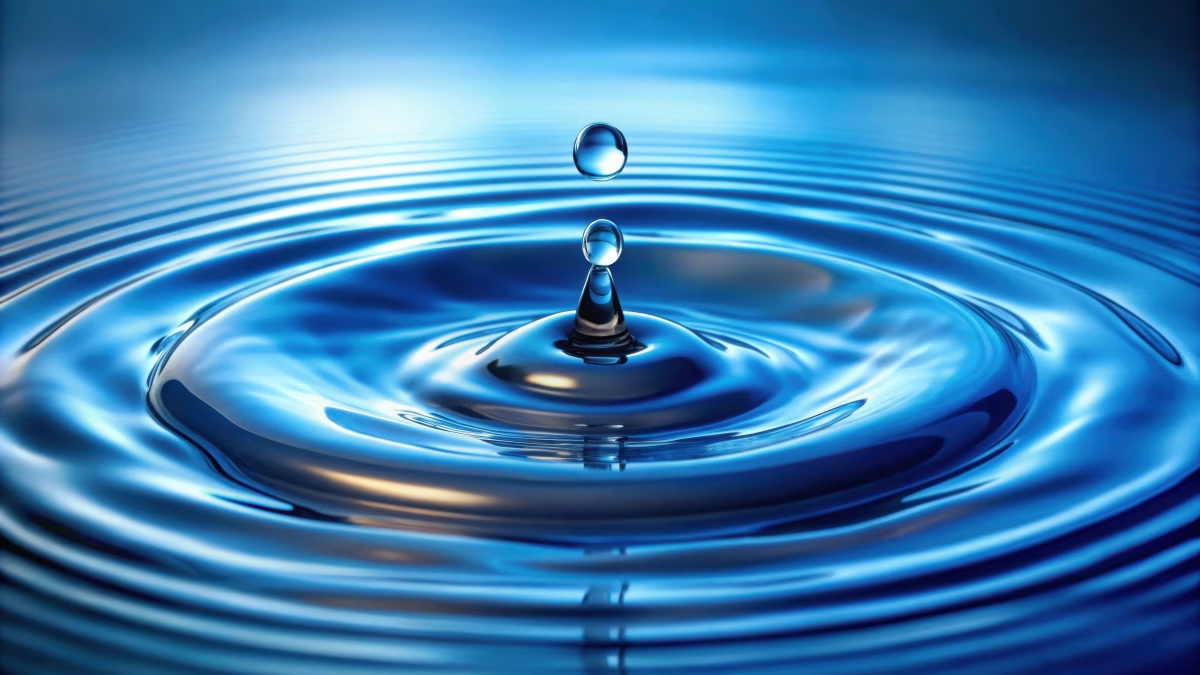
Blue: Calm, Trust, and Creativity
Often associated with stability and peace, blue has a naturally calming effect. This is why it’s frequently used in corporate branding and healthcare.
- Stress Reduction: Blue environments have been shown to lower blood pressure and heart rate (5).
- Creativity Boost: Research suggests that blue enhances problem-solving and innovation (6).
- Branding Trust: Many banks and tech companies use blue in their logos to convey reliability (think Facebook, IBM, and PayPal) (4).
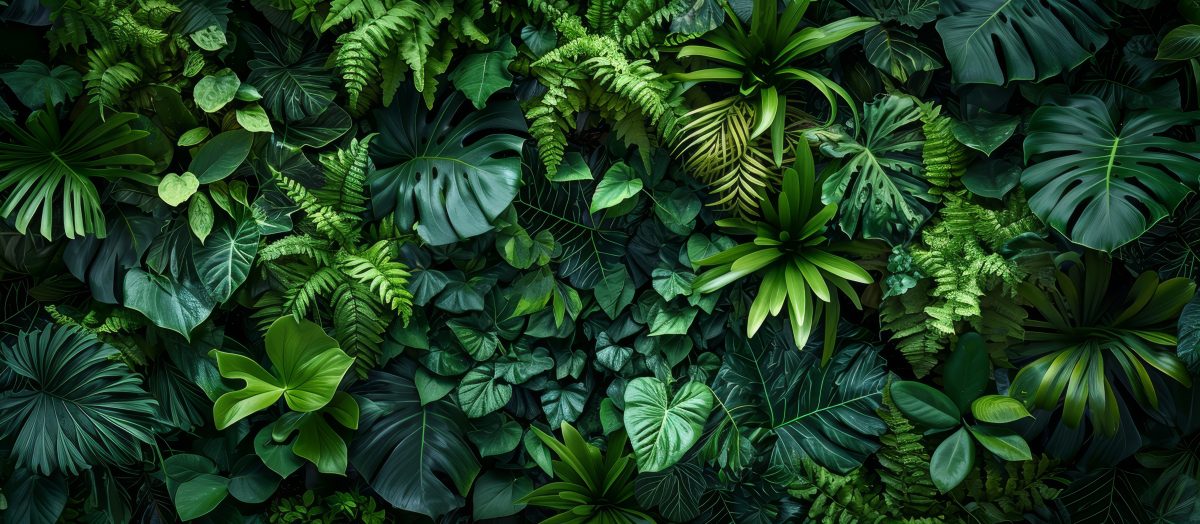
Green: Nature, Balance, and Renewal
Green is deeply connected to nature, which explains why it has such a soothing effect.
- Mood & Stress Relief: Exposure to green spaces can improve mental well-being.
- Enhanced Creativity: Even a brief glimpse of green has been linked to increased creative performance (7).
- Health & Sustainability: Green is widely used in branding for organic and eco-friendly products (4).
Yellow: Happiness and Attention-Grabbing
Yellow is often associated with warmth, optimism, and positivity. However, it can be overwhelming in excess.
- Mood Booster: Yellow tends to make people feel cheerful and energized.
- High Visibility: It’s used in caution signs because the human eye notices yellow quickly (4).
- Workplace Impact: A touch of yellow can stimulate mental activity and encourage creativity (8).
Orange: Energy and Playfulness
A mix of red’s energy and yellow’s cheerfulness, orange is a vibrant, playful color.
- Marketing Appeal: Often used to promote affordability (e.g., fast-food chains like McDonald’s and sports brands like Nike) (4).
- Enthusiasm & Creativity: Orange is associated with fun, making it a popular choice in advertising and design (9).
Purple: Luxury and Mystery
Purple has long been linked to royalty, wisdom, and spirituality.
- Luxury & Sophistication: High-end brands often use purple to convey exclusivity (10).
- Spiritual & Mystical Vibes: The color is frequently associated with imagination and introspection (4).
Black, White, and Gray: The Neutrals
- Black: Symbolizes power, formality, and elegance, but can also be linked to mourning in some cultures.
- White: Represents purity, cleanliness, and simplicity, making it popular in minimalist designs and medical settings.
- Gray: Seen as neutral and balanced, but excessive use can feel dull and uninspiring.
Cultural and Contextual Differences in Color Perception
The way we perceive color isn’t universal-it’s deeply influenced by cultural background, personal experiences, and societal traditions. What evokes happiness in one country might symbolize grief in another. This is why color psychology must be considered within the right context, especially in global marketing, branding, and design.
For example:
- White represents purity and weddings in Western cultures, yet in many East Asian countries, it is the color of mourning and funerals.
- Red is often associated with love and passion in Western cultures, while in China, it symbolizes luck, prosperity, and celebration. However, in some African cultures, red can signify death or danger.
- Yellow is linked to happiness and warmth in the West but can symbolize mourning in Egypt and courage in Japan.
- Green is associated with nature and health in many countries but is linked to jealousy or even infidelity in some European traditions.
- Black signifies elegance and sophistication in fashion but is also widely associated with mourning in Western societies. In contrast, some Eastern cultures view black as a symbol of rebirth and power.
Real-World Applications of Color Psychology
Color plays a crucial role in shaping human behavior across various aspects of life, from consumer decisions to workplace productivity. By understanding how different colors influence emotions and actions, industries like marketing, interior design, education, and sports can strategically use color to create desired effects.
Marketing & Branding
Businesses carefully select colors to shape how consumers perceive their brand and influence purchasing behavior. Research shows that up to 90% of a customer’s first impression of a product is based on color alone. Here’s how some common colors are used:
- Red & Orange → Evoke urgency and excitement, making them ideal for clearance sales, fast-food restaurants, and call-to-action buttons.
- Blue & Green → Convey trust, calmness, and reliability, making them popular in healthcare, finance, and tech industries (e.g., Facebook, PayPal, and medical brands).
- Black & Gold → Represent luxury, elegance, and sophistication, often used in high-end fashion and luxury automotive brands.
- Yellow → Grabs attention and conveys optimism, often used in signage, fast-food branding, and children’s products.
Even product packaging is influenced by color psychology. For example, organic and eco-friendly brands frequently use green and earthy tones to emphasize sustainability, while technology brands opt for sleek silver, black, or blue to communicate innovation and security.
Interior Design & Architecture
The colors used in homes, offices, and public spaces can significantly impact emotions, productivity, and overall well-being. Interior designers and architects carefully consider color psychology when designing spaces for specific purposes:
- Cool tones (blue, green, purple) → Promote relaxation and are commonly used in bedrooms, spas, hospitals, and meditation spaces.
- Warm tones (yellow, red, orange) → Create energy and stimulation, making them great for social areas like restaurants, living rooms, and offices.
- Neutral colors (white, beige, gray) → Offer a sense of balance and professionalism, often used in corporate offices, hotels, and minimalist home designs.
Hospitals and healthcare facilities often use light blues and greens to create a soothing environment that helps reduce anxiety in patients. Meanwhile, restaurants and cafés frequently use red and orange to stimulate appetite and encourage social interaction.
Education & Workplace Performance
The colors of walls, furniture, and even lighting can significantly influence focus, creativity, and comfort in educational and work settings.
- Blue & Green → Enhance concentration and problem-solving skills, making them ideal for classrooms and office meeting rooms.
- Red accents → Can boost alertness and increase attention to detail, but too much red may cause anxiety or aggression, so it should be used sparingly.
- Yellow → Sparks creativity and enthusiasm, making it suitable for brainstorming areas and creative industries.
- Gray & White → Neutral tones that encourage professionalism and focus but can feel dull or uninspiring if overused.
Some schools have experimented with changing classroom wall colors to enhance student engagement and learning outcomes. For instance, studies show that light blue and green walls can help students feel calmer and more focused, while warm tones like yellow may boost creativity and motivation.
Sports & Competition
Color psychology is also evident in sports, influencing both players and spectators.
- Teams wearing red uniforms often have a psychological advantage because red is linked to dominance and aggression. Studies have found that referees may subconsciously favor teams wearing red in close matches.
- Blue and green surroundings (such as locker rooms or stadium seating) can help athletes stay calm and focused under pressure.
- Black uniforms are sometimes associated with aggression and strength, which may influence how players behave on the field.
Additionally, color choices in stadiums and training facilities are designed to impact both performance and fan engagement. For instance, bright and vibrant colors might be used in sports arenas to energize the crowd, while cooler tones may be used in athlete recovery areas to promote relaxation.
The Limitations of Color Psychology
While color can strongly influence behavior, it’s not a one-size-fits-all science. Factors like culture, personal preference, and even lighting conditions affect how we perceive colors. Many studies are conducted in controlled environments, so their real-world applicability can vary.
Future research will continue exploring how color interacts with context, personality, and culture to shape our experiences.
Final Thoughts
Color is more than just decoration-it plays a vital role in our emotions, decisions, and even physiological responses. By understanding color psychology, businesses, designers, and educators can make more informed choices to influence perception and behavior.Whether you’re picking a color for your bedroom, a logo, or an outfit, remember: colors speak, even when we don’t realize it.
Want to maximize the impact of your color choices in marketing and branding? With iMotions Lab, you can effortlessly test and analyze emotional reactions to your campaigns and ads-all within a seamless, user-friendly interface. Make data-driven decisions that resonate with your audience and elevate your brand’s effectiveness!
Let’s talk!
Schedule a free demo or get a quote to discover how our software and hardware solutions can support your research.
References
- Elliot, A. J., & Maier, M. A. (2014). Color psychology: Effects of perceiving color on psychological functioning in humans. Annual Review of Psychology, 65, 95–120.
- Hill, R. A., & Barton, R. A. (2005). “Red enhances human performance in contests.” Nature 435(7040): 293. https://doi.org/10.1038/435293a
- Elliot, A. J., Maier, M. A., Moller, A. C., Friedman, R., & Meinhardt, J. (2007). “Color and psychological functioning: The effect of red on performance attainment.” Journal of Experimental Psychology: General 136(1): 154–168. https://doi.org/10.1037/0096-3445.136.1.154
- Labrecque, L. I., & Milne, G. R. (2012). “Exciting red and competent blue: The importance of color in marketing.” Journal of the Academy of Marketing Science 40(5): 711–727. https://doi.org/10.1007/s11747-010-0245-y
- Kaya, N., & Epps, H. H. (2004). “Relationship Between Color and Emotion: A Study of College Students.” College Student Journal 38(3): 396–405.
- Mehta, R., & Zhu, R. (2009). “Blue or Red? Exploring the Effect of Color on Cognitive Task Performances.” Science 323(5918): 1226–1229.
- Lichtenfeld, S., Elliot, A. J., Maier, M. A., & Pekrun, R. (2012). “Fertile Green: Green Facilitates Creative Performance.” Personality and Social Psychology Bulletin, 38(6), 784–797. https://doi.org/10.1177/0146167212436611
- Stone, N. J. (2003). “Environmental View and Color for a Simulated Telemarketing Task: Moderating Effects of Stress and Workload on Mood, Satisfaction, and Performance.” Journal of Environmental Psychology, 23(1), 63–78. https://doi.org/10.1016/S0272-4944(02)00085-8
- Singh, S. (2006). “Impact of Color on Marketing.” Management Decision, 44(6), 783–789. https://doi.org/10.1108/00251740610673332
- Madden, T. J., Hewett, K., & Roth, M. S. (2000). “Managing Images in Different Cultures: A Cross-National Study of Color Meanings and Preferences.” Journal of International Marketing, 8(4), 90–107.




